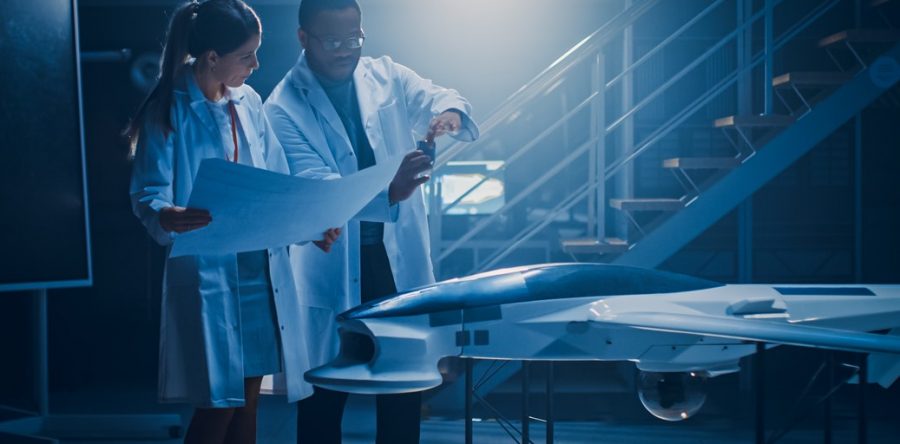 All eyes have been on the skies in the past few weeks. Landmark missions to Mars, where humans are taking bold new steps exploring the red planet, have grabbed major headlines and rightly so. The time, training and technology to make these aerospace ventures a worthwhile project cannot be understated. The efforts being asked of everyone from scientists to manufacturers will pay off one day in the near future as colonization becomes a true possibility. Part of the process is putting fluoropolymer products to the ultimate test. This means tubing, rods, heat exchangers and monofilaments being subjected to extreme heat and cold in the vastness of space.
All eyes have been on the skies in the past few weeks. Landmark missions to Mars, where humans are taking bold new steps exploring the red planet, have grabbed major headlines and rightly so. The time, training and technology to make these aerospace ventures a worthwhile project cannot be understated. The efforts being asked of everyone from scientists to manufacturers will pay off one day in the near future as colonization becomes a true possibility. Part of the process is putting fluoropolymer products to the ultimate test. This means tubing, rods, heat exchangers and monofilaments being subjected to extreme heat and cold in the vastness of space.
Fluorotherm is a leading fluoropolymer manufacturer that provides PTFE, FEP and PFA products to a variety of industries, including aerospace. The array of items made by Fluorotherm and made available to aerospace firms must perform exactly as expected under high-stress circumstances. Below, readers will learn more about ongoing missions to Mars and how aerospace-specific products from Fluorotherm are a crucial part of the process.
According to a recent article from Astronomy.com, the Mars rover landed on the surface of the planet by U.S. space experts is the product of high-tech ingenuity and years of planning. The rover, “Perseverance,” was “safely tucked inside a heat-resistant, carbon fiber capsule that can withstanding temperatures up to a whopping 1,600 degrees Fahrenheit.” Materials that can withstand high heat, such as carbon fiber, are not new to engineers and NASA’s own website touts the importance of durability and weight. Per this article on next-generation aerospace craft, NASA says it places a premium on materials that can operate for “extended periods of time in punishing conditions” for “months, or even years, between maintenance cycles.” Silicon carbide composites are one example of this; so are fluoropolymers.
The aerospace sector has long relied on fluoropolymers for temperature sensitivity and their ability to withstand fuel exposure. Since jet engines are the backbone of commercial air travel, it’s important to have components on board that have been built from fluoropolymers that won’t weaken when exposed to fuel. Another advantage of this material is its weight. Metals would add untold pounds to aircraft while offering fuel exposure resistance and being inert to other chemicals; a fluoropolymers would do the same at a fraction of the heft. Thus we see PTFE tubing and other one-off designs like flanges that help solve aerospace hurdles.






